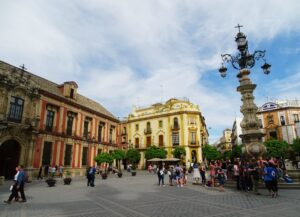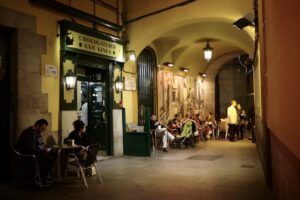Last Updated on November 12, 2025 by Emma Fajcz | Published: July 22, 2024
Just a stone’s throw away–less than a two-hour drive–from the culinary haven of San Sebastian, nestled among lush mountains and the famous Ebro River, is a town devoted entirely to one delectable delight: Spanish piquillo peppers.
Whether stuffed with creamy béchamel and bacalao or served as the perfect accompaniment to a juicy solomillo, piquillo peppers have been a staple of Spanish cuisine and the Basque pintxos culture. Their importance extends beyond the kitchen, serving as a source of pride and identity for the town of Lodosa in the Navarre region, where they can produce up to two million kilos of piquillo peppers a year.
While this gourmet creation has found its way to taste buds around the world and is now grown in Peru, Africa, and China, the original Spanish variety maintains unparalleled quality of taste and care. In Spain, piquillo peppers are not just an ingredient; they are a culinary tradition steeped in rich flavor.

What are roasted Spanish piquillo peppers?
Roasted Spanish piquillo peppers are a beloved staple in classic Spanish dishes, celebrated for their sweet, smoky flavor, and appetizing red color.
These small peppers, aptly named piquillo, meaning “small beak” in Spanish, have a distinctive triangular shape and are about two to three inches (or 7 to 8 centimeters) long.
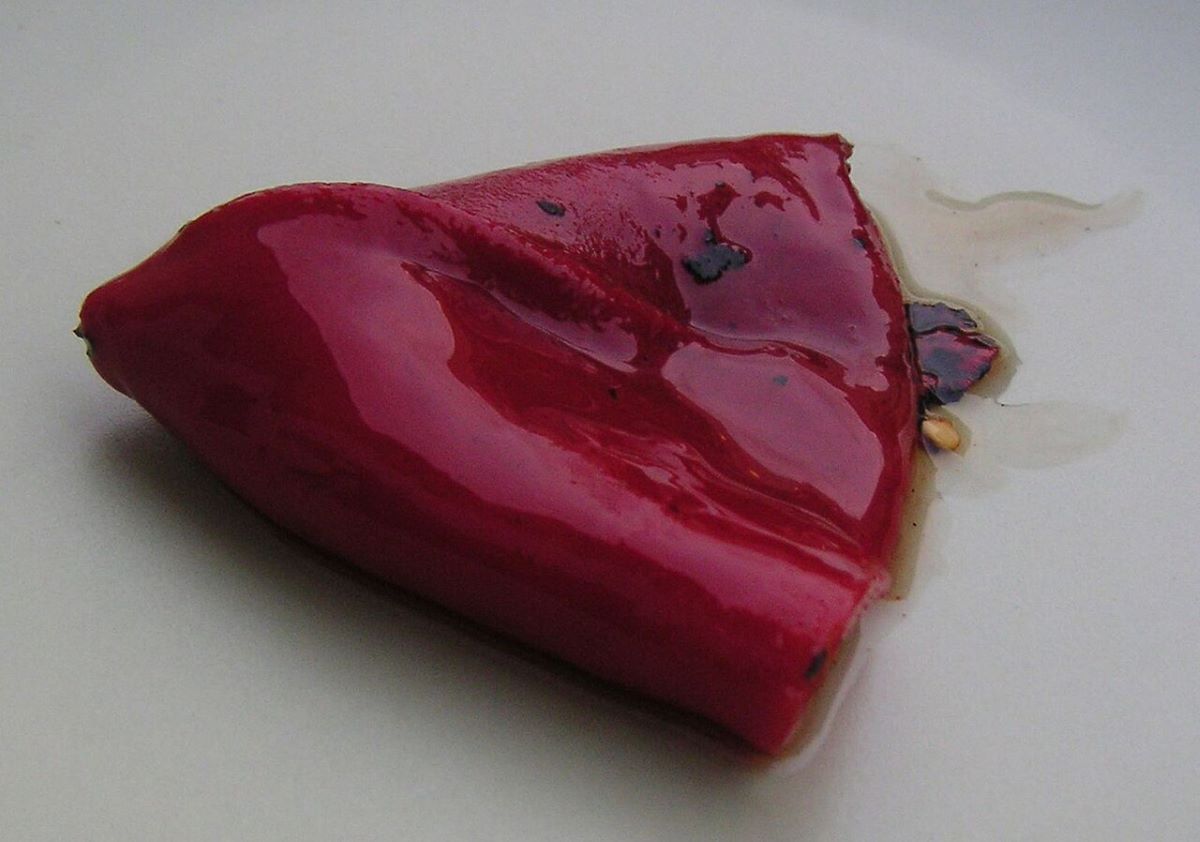
Characteristics of piquillo peppers
Piquillo peppers are slightly sweet, smoky, and aren’t spicy, making them a versatile ingredient in a variety of dishes. Their thick, meaty flesh and few seeds make them ideal for roasting.
As if their flavor alone isn’t enough reason to enjoy them, piquillo peppers also promote eye health and boost the immune system with their rich composition of vitamins A and C, calcium, antioxidants, and dietary fiber. Not to mention, they’re low in calories.
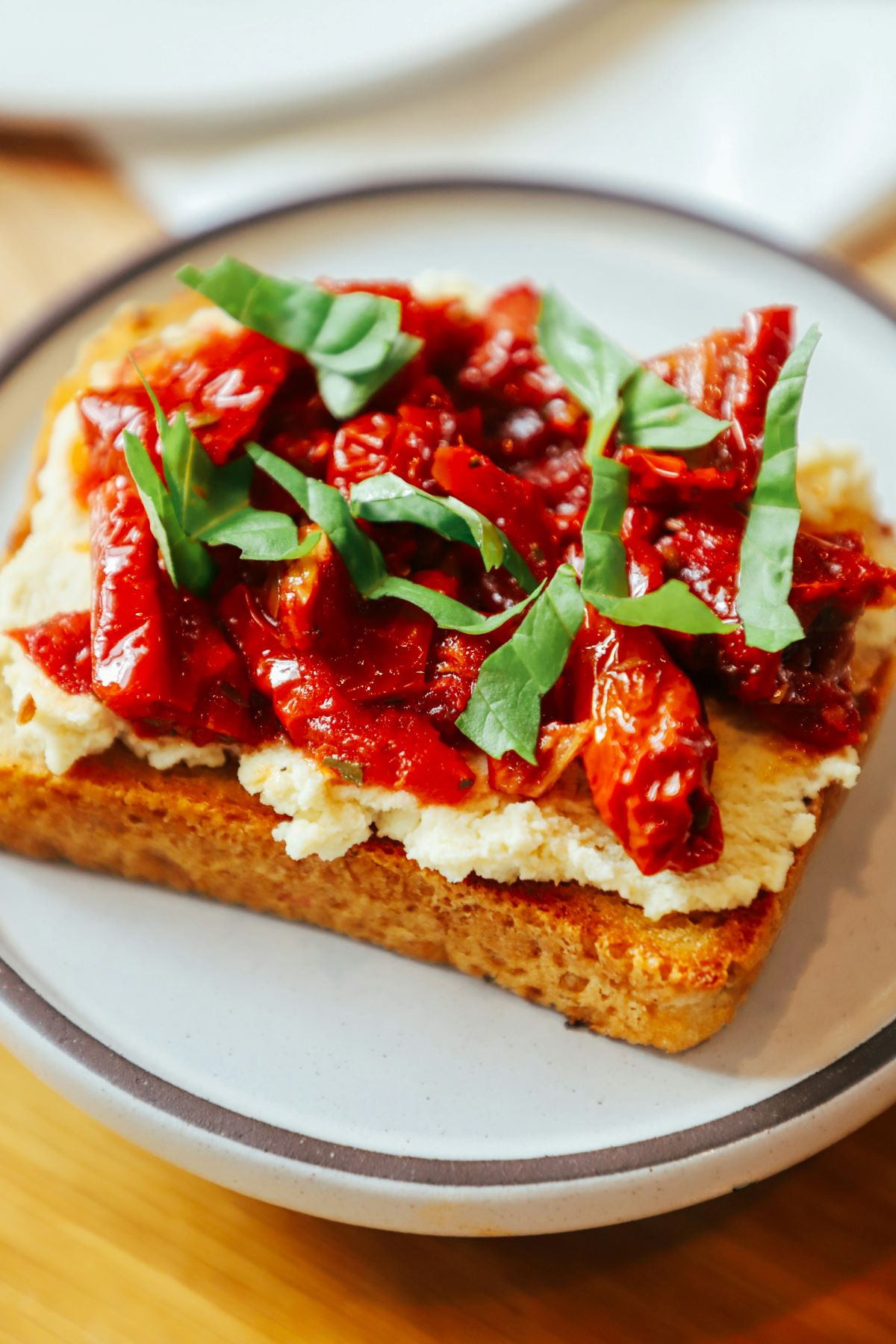
The special care given to piquillo peppers in Lodosa
Navarre is known for its spectacular rosé wines and gourmet products like asparagus, beans, and the treasured piquillo peppers.
With a population of less than 5,000, the town of Lodosa has perfected the art of cultivating their deep red capsicum, a tradition passed down through generations. The locals claim that the secret to the best piquillo peppers lies in the unique soil of Lodosa and the pristine waters of the Ebro River.
Discovering the meticulous care behind their production makes each bite even more sumptuous.
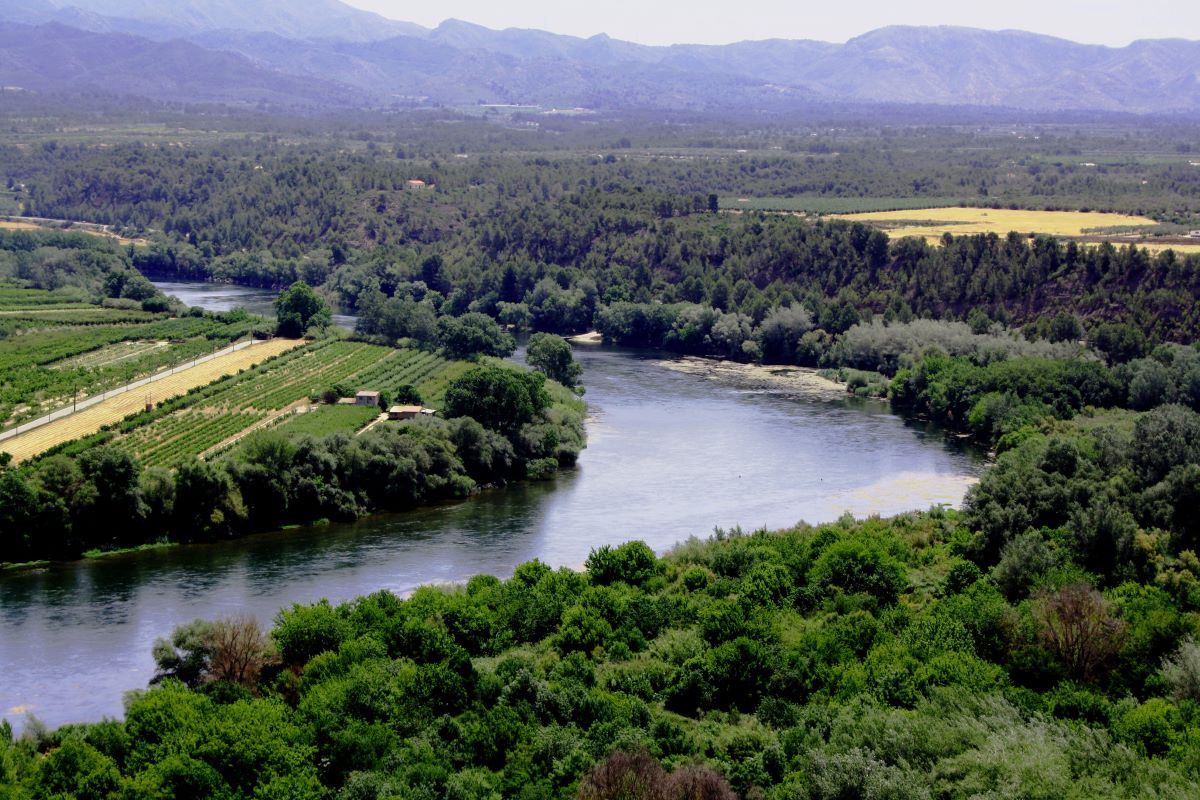
Rituals of harvesting and processing Lodosa’s piquillos
In May or June, the seeds of Lodosa’s prized “red gold” are planted and grown throughout the warm summer. By mid to late September, when these peppers hit their peak in flavor and succulence, skilled hands pluck them from the fields and line them up for inspection. Color, size, shape—every detail matters.
Once the cream of the crop is sorted, they are set to rest in a warehouse to deepen their red hue. Then it’s off to piping hot, rotating ovens. After exposing each pepper to open flames, their skins blister and char, and are then peeled away by hand to reveal a juicy interior that is bursting with flavor.
The peppers are then canned or bottled, ready to bring joy to your palate. No water, no chemicals are introduced throughout the process—just pure, unadulterated flavor of the piquillo pepper.
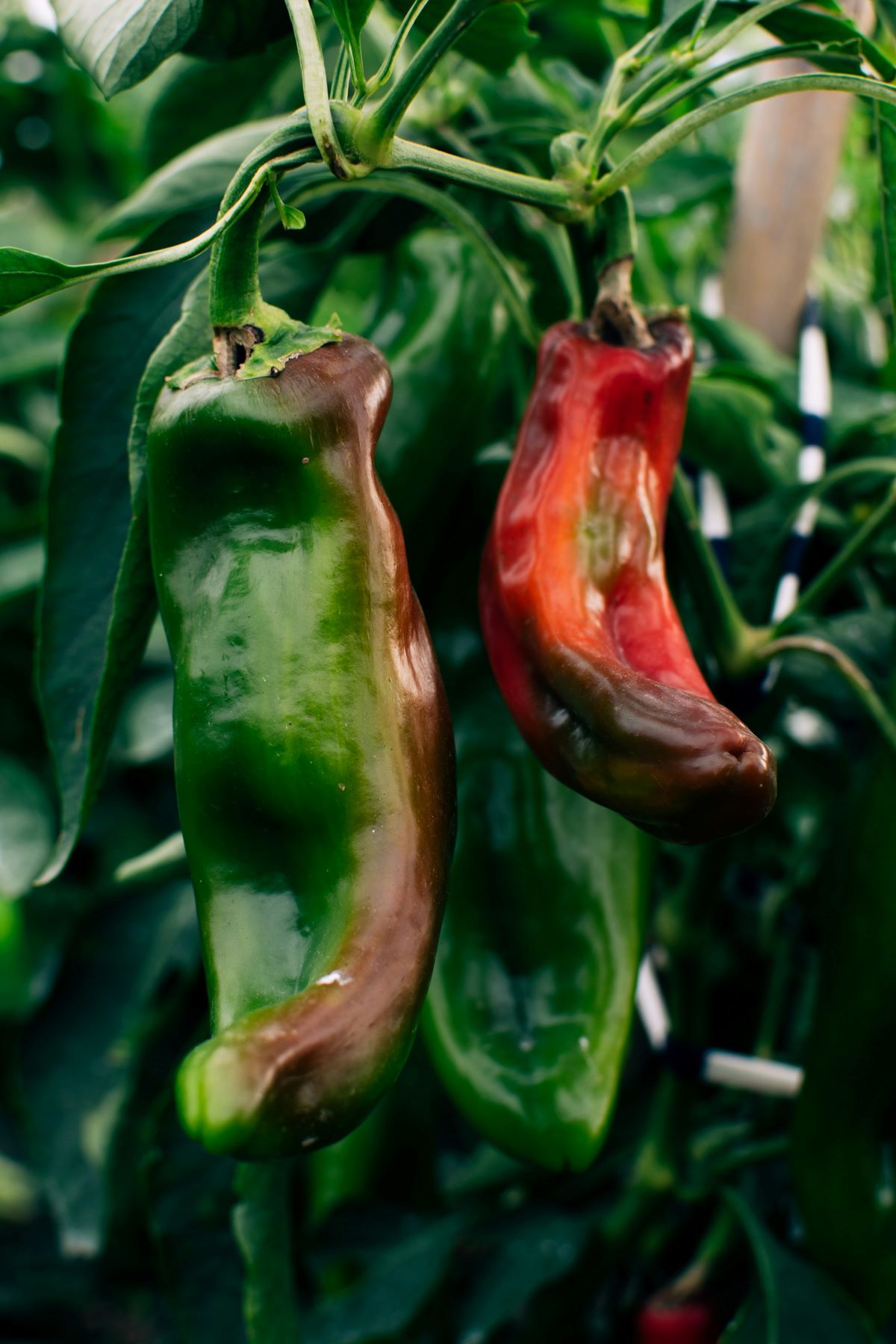
Is Lodosa the exclusive producer of piquillo peppers?
While Lodosa’s piquillos are celebrated as the best of the best, they are not its sole producer. These peppers are also grown, processed, and canned in Huélaga, a locality north of Caceres (in Spain’s Extremadura region), and in countries like Peru, China, and Africa.
So how can you ensure you’re savoring top-quality piquillo peppers? Discerning chefs and homecooks can tell by the look and taste. But if you aren’t schooled on piquillos just yet, you can simply check the bottle for the Denominación de Origen (DO) seal.
This official certificate guarantees that the product has been produced in a specific region and that the entire process has been carried out according to officially regulated criteria and standards. You will also find a special sticker for piquillos specifically from Lodosa, to safeguard authenticity.
Insider’s Tip:
- Have you seen how deeply rooted regional pride is in Spain? This extends to their produce. The DO seal certifies authenticity, ensuring that local products like wine, paprika, olive oil, cheese, and more are made with the right process, ingredients, and region.
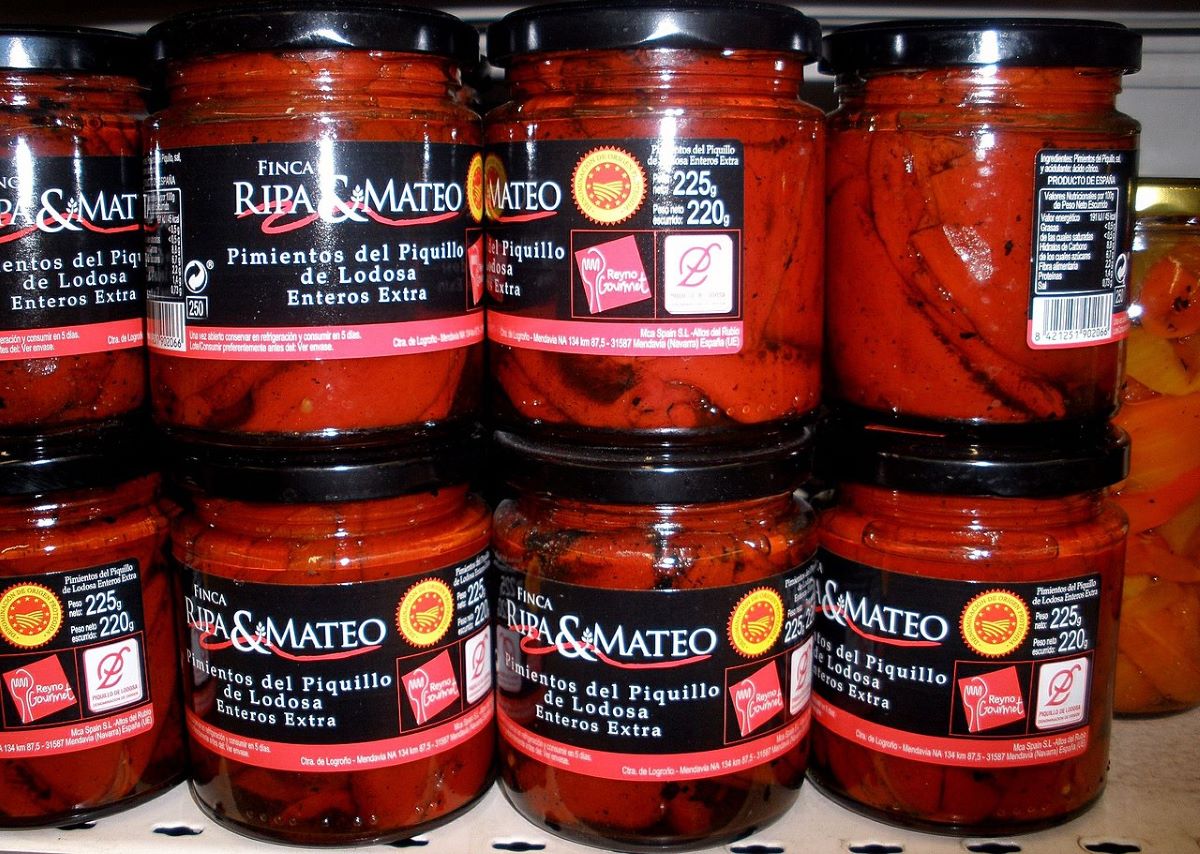
Traditional gourmet recipes with piquillo peppers
Piquillo peppers can be enjoyed in a variety of dishes, from simple tapas to elaborate gourmet creations.
They are often a key ingredient in traditional dishes such as pimientos rellenos or Spanish stuffed peppers, where they are filled with meats, seafood, or cheeses.
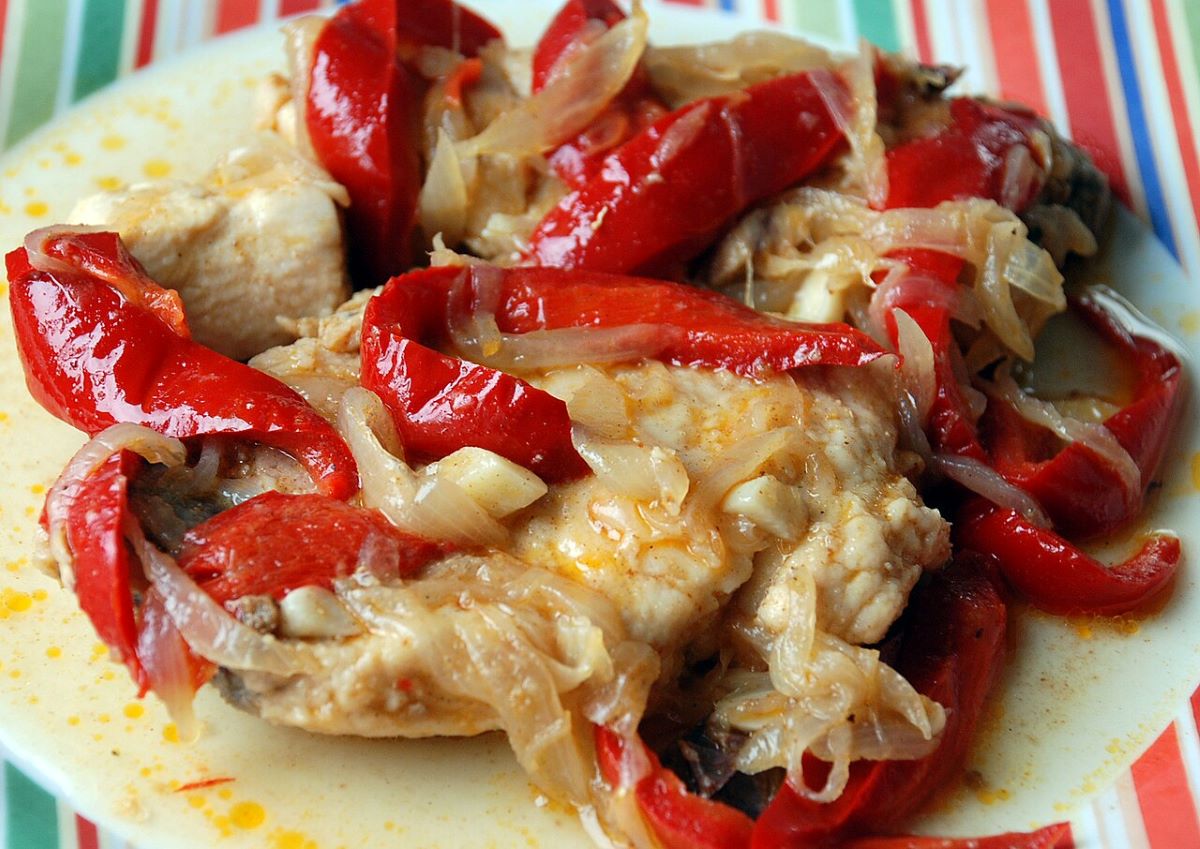
Classic Spanish stuffed peppers
Piquillo peppers are often stuffed with a variety of delicious fillings, such as creamy bechamel with bacalao (salt cod), tuna tartar, rich cheeses, and even hearty ground beef. Some prefer their stuffed peppers with a luscious sauce on top, while others enjoy them as-is.
For an extra indulgent twist, some recipes call for stuffing the peppers, breading them on the outside, frying them to golden perfection, and then drizzling a savory sauce on top. That’s quite an undertaking.
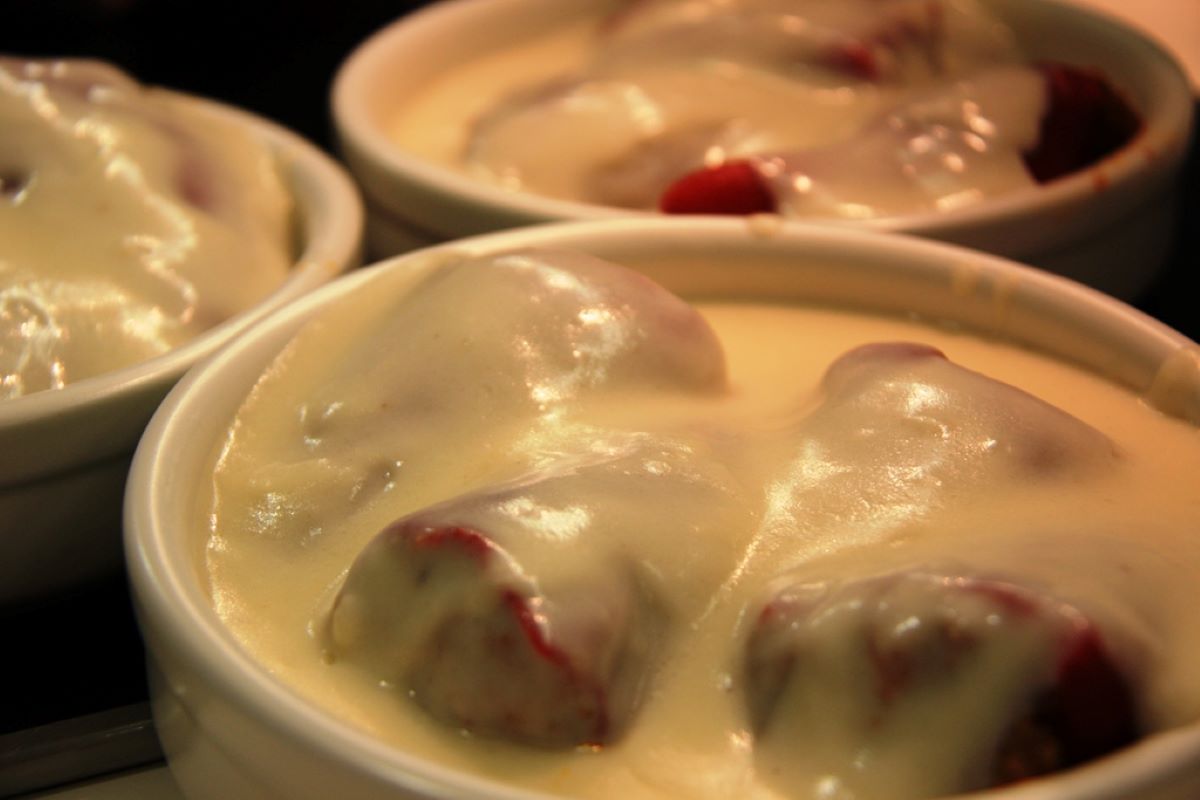
A flavorful appetizer al Ajillo
For the purists who want to savor the essence of piquillo peppers, a simple yet flavorful preparation is to sauté them with garlic and serve them with bread or on a piece of crusty toast.
This simple preparation is typically enjoyed as an appetizer or a smoky sidekick to steak and other meats.
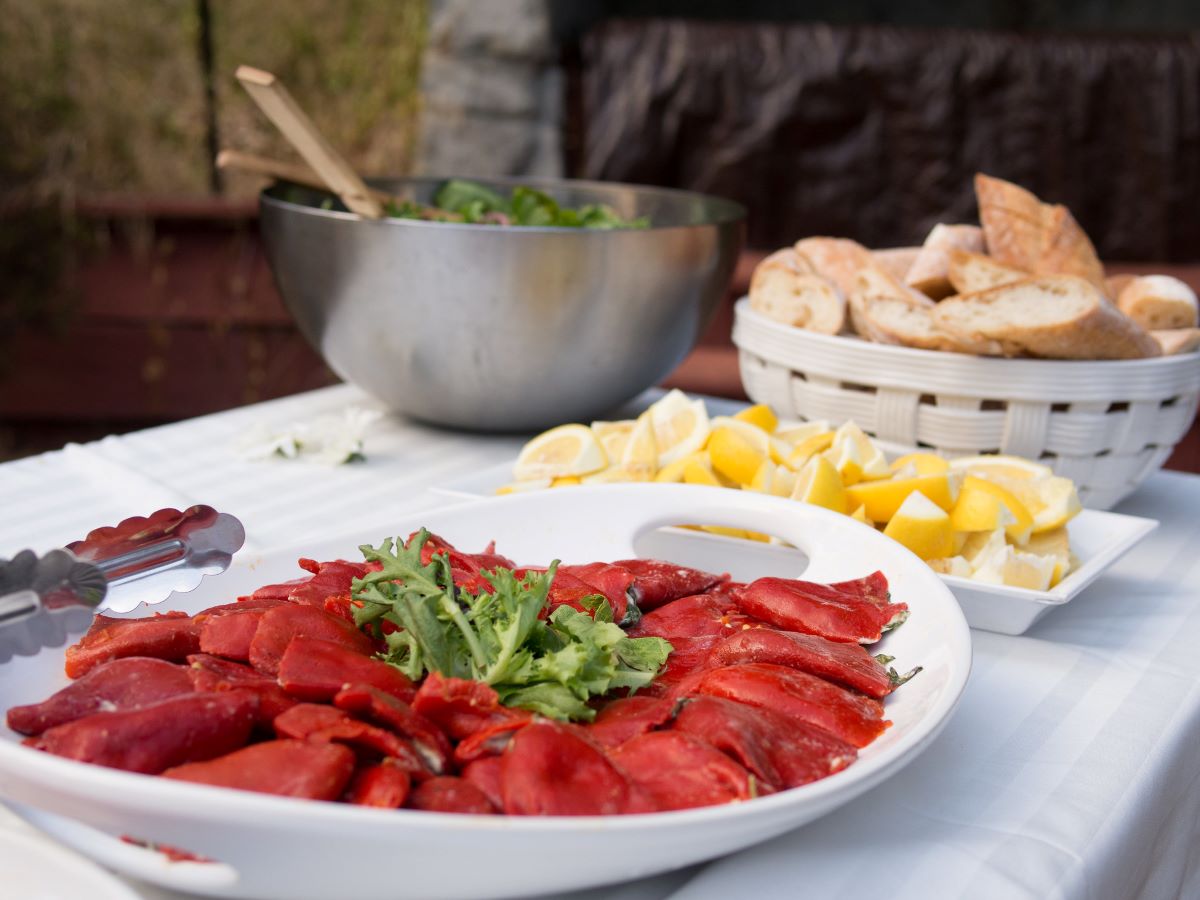
An easy topping or secret ingredient
Piquillo peppers are also used as a versatile topping or ingredient to add depth to various dishes. Examples include toast and anchovies with strips of piquillo, topping to a classic tortilla de patata, or serving as a flavorful companion to a tender solomillo.
It can also be blended into sauces or your salmorejo to give it a depth of flavor.
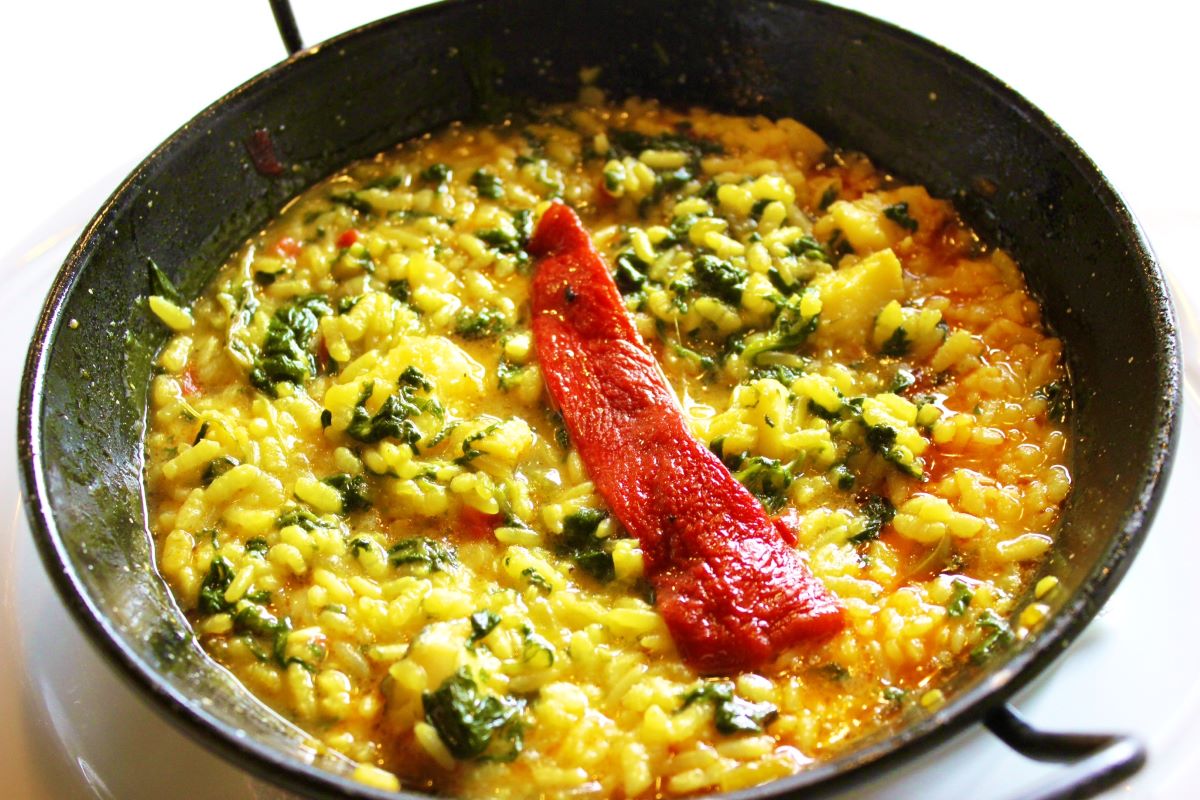
The best stuffed piquillo peppers in San Sebastian
Back in San Sebastian, a city packed with discerning and highly trained taste buds, we find these stuffed peppers on display on many of the hundreds of pintxos bars. The most famous one?
The stuffed pepper with bonito, tartar sauce, and Jerez vinaigrette by Bar Martínez, one of the pioneer pintxos bars in the Old Town. This pintxo almost rivals the absolute best stuffed piquillo peppers in the city—those made by moms con cariño at home. All locals will agree that ama and grandma do it best.
Are your taste buds tingling yet? Duck into a pintxo bar and try a stuffed pepper bursting with flavor. Or better yet, check out a grocery store and try your hand at making these classic pimientos rellenos yourself.
Can you taste the secret ingredient?
Learn to Make Stuffed Piquillo Peppers in Our Cooking Class
If your curiosity (and appetite) has been piqued, why not take your love for piquillo peppers a step further and learn to make them yourself? In our San Sebastian Basque Cooking Class, you’ll get hands-on experience preparing a variety of traditional dishes—including the iconic pimientos rellenos.
Under the guidance of a local chef, you’ll learn how to carefully stuff piquillo peppers with rich, savory fillings like salt cod in béchamel or goat cheese with caramelized onions. You’ll also discover the secrets to perfecting their silky texture and bold flavor, all while picking up local tips, culinary history, and techniques unique to Basque cuisine.
It’s not just a class—it’s a celebration of flavor and tradition. And the best part? You get to taste your delicious creations with a glass of local wine in hand.
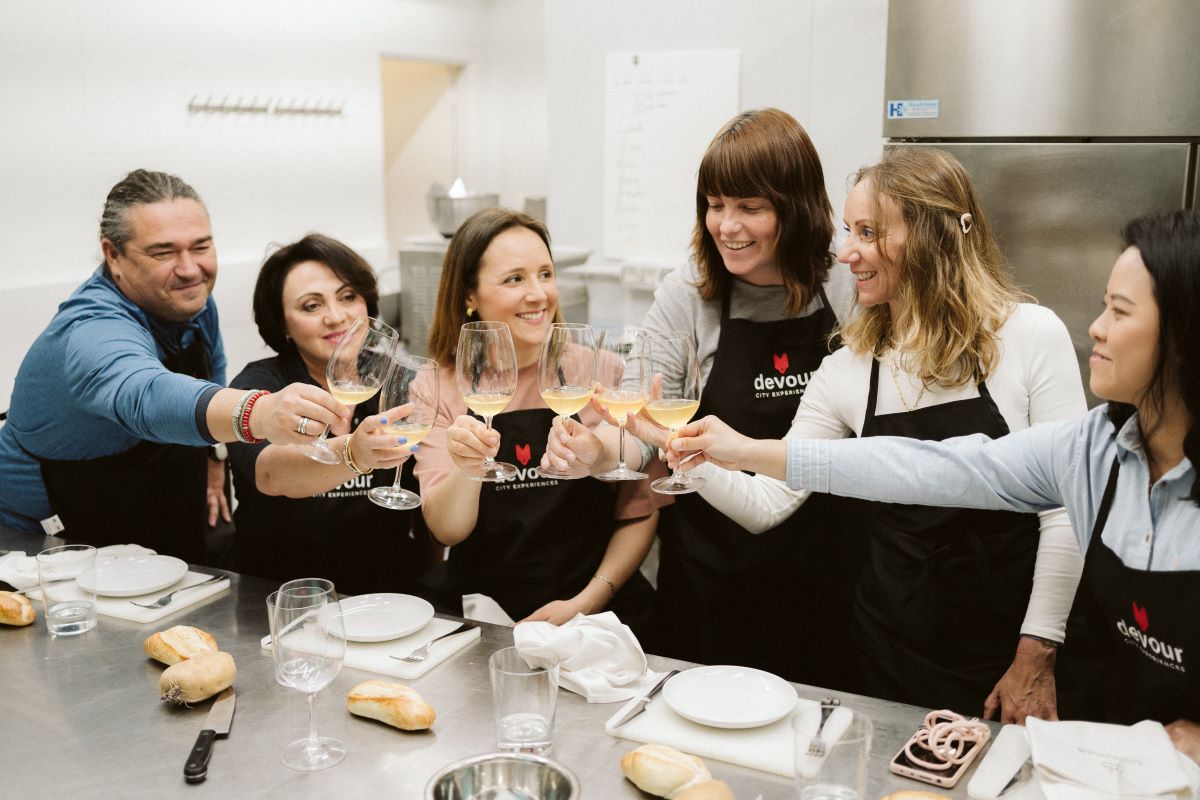
Frequently Asked Questions About Piquillo Peppers
What are Spanish piquillo peppers?
Spanish piquillo peppers are small, sweet red peppers traditionally grown in Lodosa, Navarre. They have a mild, smoky flavor and are known for their thick flesh and triangular shape, making them ideal for roasting and stuffing.
What makes Lodosa piquillo peppers unique?
Lodosa’s piquillo peppers carry a Denominación de Origen (DO) seal, certifying that they were grown and processed using traditional, high-quality methods. The unique soil and waters of the Ebro River contribute to their superior taste and texture.
Can I learn to cook with piquillo peppers in San Sebastian?
Yes—our San Sebastian Basque Cooking Class includes a hands-on lesson where you’ll prepare traditional stuffed piquillo peppers with guidance from a local chef. It’s a fun and flavorful way to connect with Basque culinary culture.
Feeling inspired? Don’t hesitate to book your spot and bring a taste of San Sebastian home with you. During our Basque Cooking Class you will learn the ins and outs of Basque Cooking, and all the secrets behind it!


